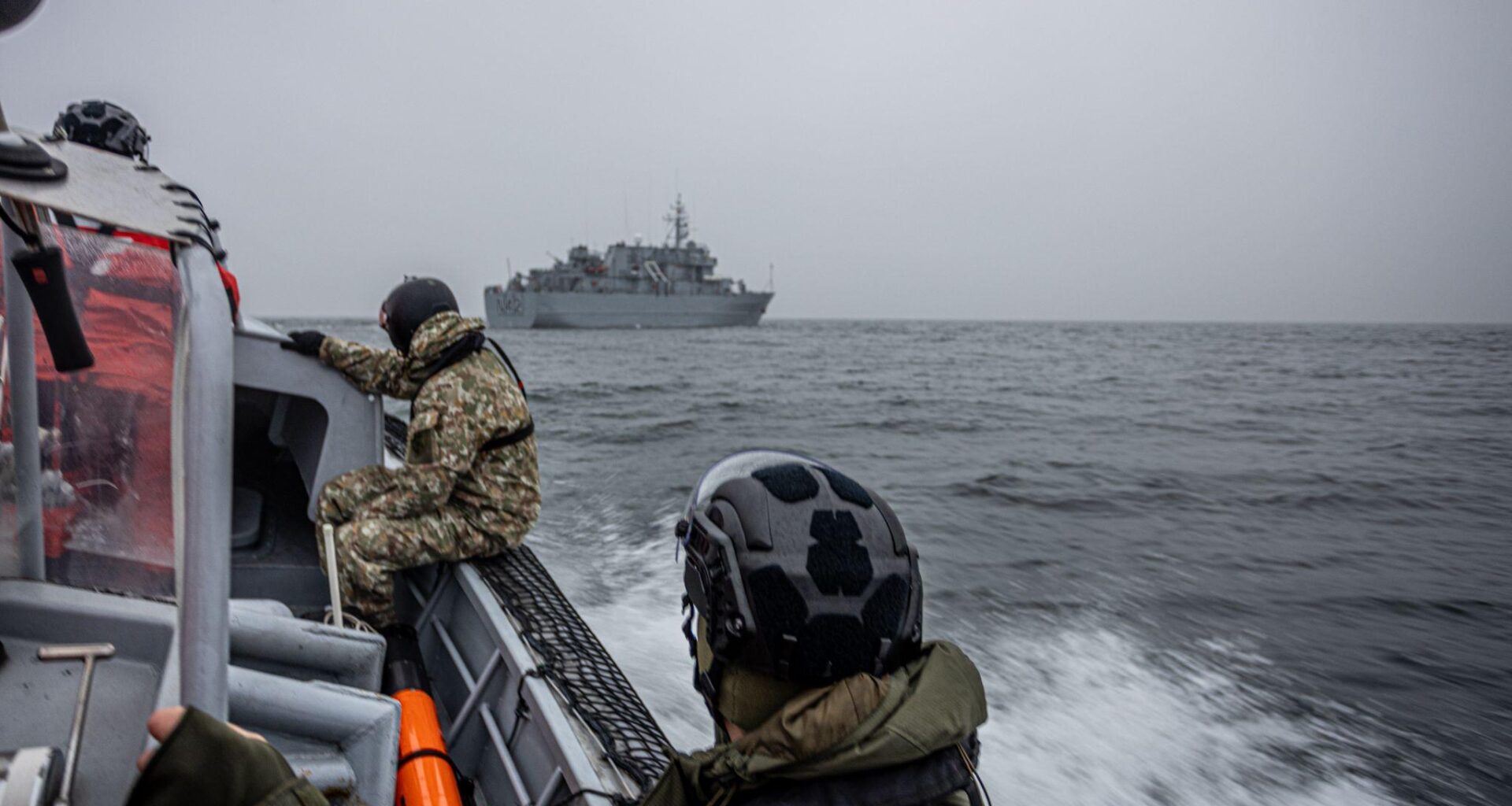“We do a lot of surveillance. Information is our greatest weapon,” says Lieutenant Jackunas as his vessel cuts through the thick white fog of the Baltic Sea, the morning calm barely disturbed by the muffled hum of the engines.
Aboard the Jotvingis, Lithuania’s naval flagship, officers watch their radar screens with unblinking focus. Every three seconds, a new scan refreshes their view of the waters around them. In the narrow passageways, where steel amplifies every footstep, some fifty sailors remain on constant alert.
The stakes couldn’t be higher: beyond the mist, Russian "phantom fleet" ships are cruising along vital pipelines and underwater links that connect Lithuania to the rest of the Baltic.
This cat-and-mouse game in the Baltic has become the front edge of a new kind of confrontation. While the world's attention remains fixed on Ukraine's battlefields, here in the cold waters off Lithuania's coast, the Jotvingis holds the line on the first — and longest — front of Russia’s hybrid war against NATO.
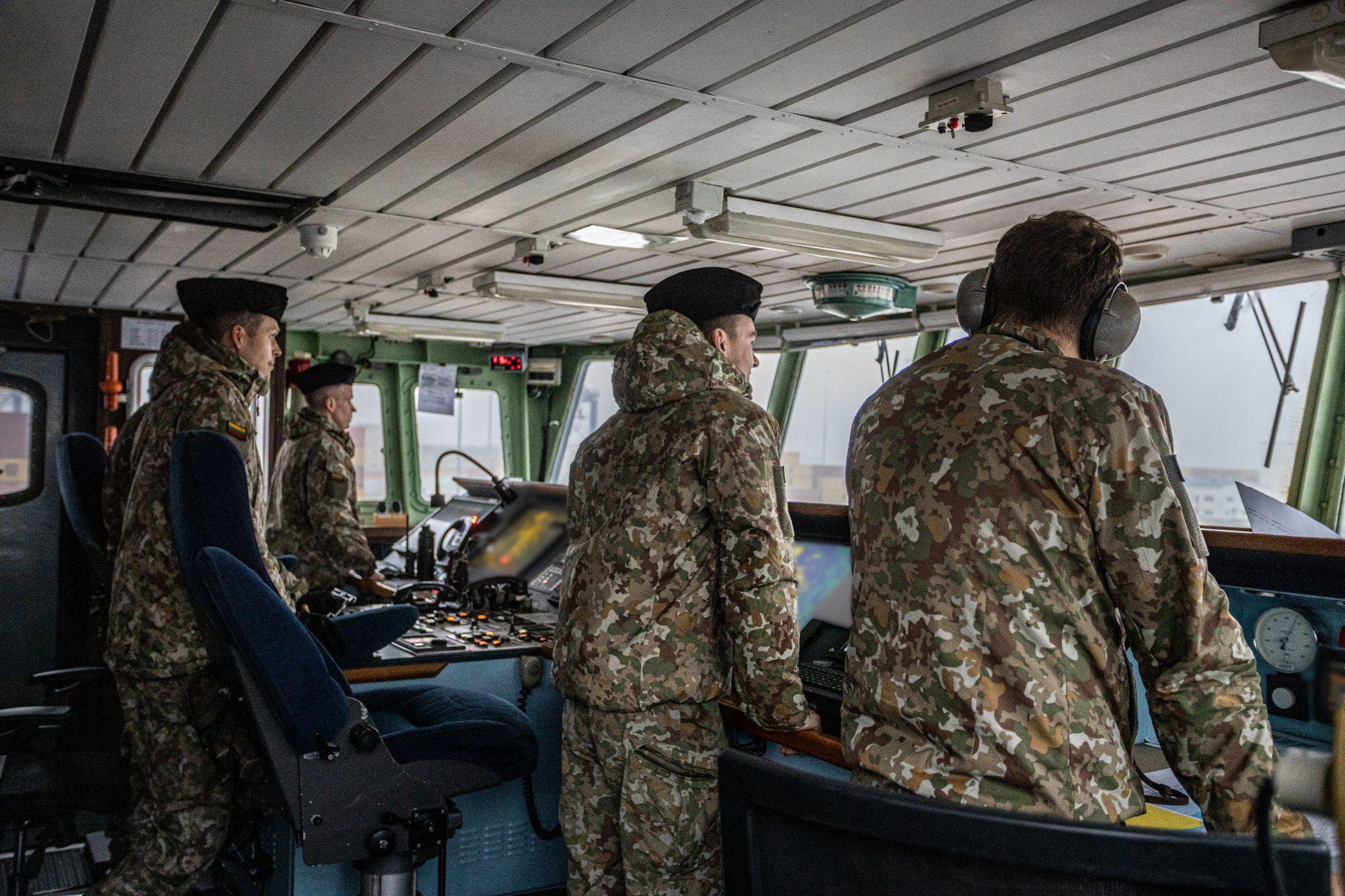
The hottest frontline of the new cold war
While global attention focuses on Ukraine's battlefields, Russia's hybrid war with NATO plays out here in near-silent encounters between vessels that sometimes pretend not to exist.
The strategic significance of these waters crystallized in 2004, when Latvia, Lithuania, and Estonia — former Soviet republics that Moscow still considers its backyard — joined NATO. For Russia, the Baltic Sea represents a critical lifeline: it serves as the maritime gateway to St. Petersburg, the nation's second-largest city, and provides Russian warships their most direct route to the North Atlantic.
Russia's 2022 invasion of Ukraine raised the stakes even further. The Baltic Sea became a lifeline for Russia's shadow fleet, carrying oil shipments that sustain the Kremlin’s vital revenue streams despite Western sanctions.
It also provides a strategic route for Russian navy vessels to sail into the North Atlantic, both from the Russian mainland and the heavily militarized exclave of Kaliningrad, sandwiched among NATO member states.
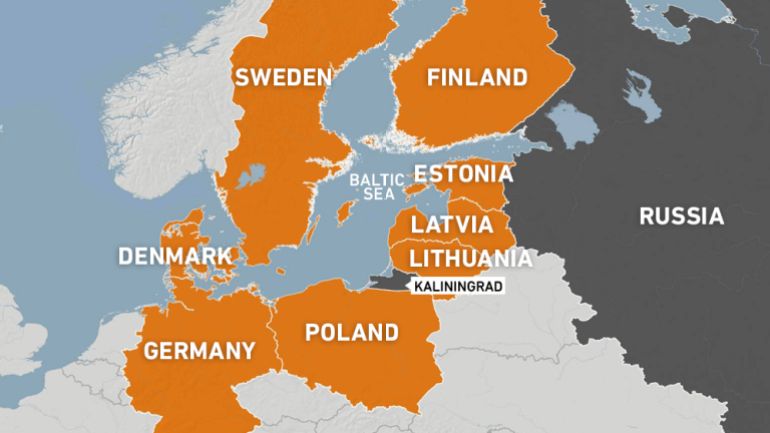
When the invasion pushed Finland and Sweden to join the alliance, transforming the Baltic into a largely NATO-dominated space, the waterway's importance only intensified. Without this maritime corridor, Moscow would struggle to project power into Northern Europe and maintain its sea-based nuclear deterrent giving the Kremlin a strategic edge over Europe and the US.
The tension reached the boiling point in September 2022, when mysterious explosions struck the Nord Stream pipelines linking Russia to Germany. The blasts crippled three of four lines on these gas routes, run by a consortium of companies under Russia's state giant Gazprom, eliminating nearly 35% of Russia’s overall energy supply to Europe.
In November 2023, the Baltic subsea infrastructure took another hit, when an anchor strike crippled the Balticconnector pipeline between Finland and Estonia — a vital gas link that would take months to repair. While no one was held responsible, investigators in both countries zeroed in on a Chinese container ship spotted in the area, suspecting its anchor had been deliberately dragged across the seabed.
"Russia is waging a hybrid war in the region against the countries bordering the Baltic Sea, all of which are now designated as enemies," Jean-Sylvestre Mongrenier, a research director at the Thomas More Institute, told Areion 24.
Russia's hybrid war goes deeper
By September 2024, two US officials warned of the incresing threat of the Russian saboutage in the region, telling CNN that the Kremlin was more likely to target critical elements of communications infrastructure.
These fears were confirmed on 17 November 2024, when the Arelion cable linking Lithuania to Sweden was severed. The following day, the C-Lion1 cable, linking the Finnish island of Santahamina to Germany, suffered the same fate.
With investigations still underway, both states were quick to point to probable sabotage. The German Foreign Minister, Annalena Baerbock, stressed that the almost simultaneous rupture of these cables “could not be a coincidence.”
On 25 December, a new incident hit the region. The Estlink 2 power cable connecting Finland and Estonia, suffered damage that that slashed its capacity to one-third and required months to repair. At the same time, four undersea telecommunications cables were damaged.
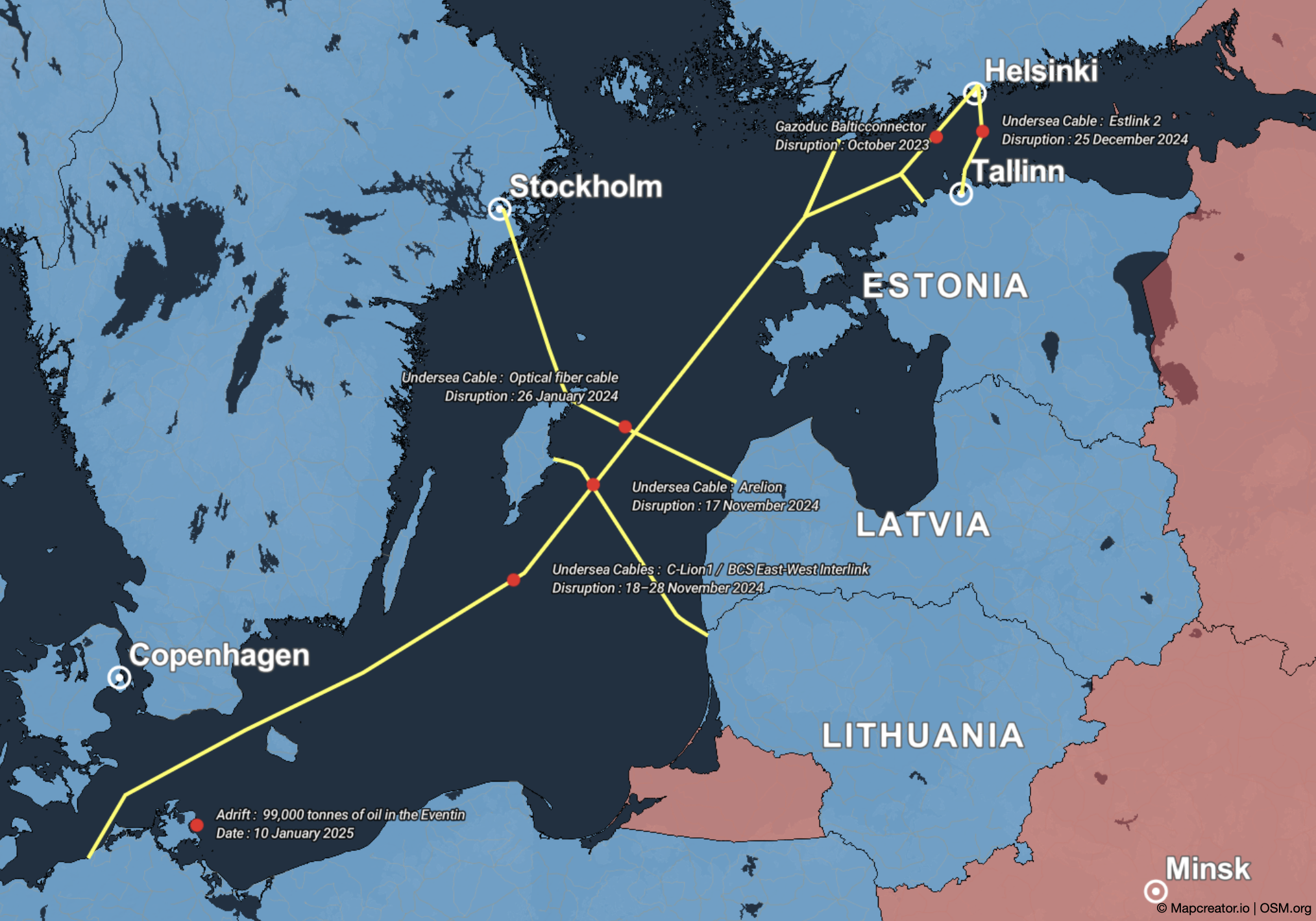
Finnish authorities zeroed in on the Eagle S, an oil tanker registered in the Cook Islands. Although owned by a United Arab Emirates company, the vessel was operated by India's Peninsular Maritime — a typical maze of ownership that often points out the Kremlin's shadow fleet.
The timing pointed to Moscow's concerns. On 7 February, the Baltic states were poised to sever ties with the Russian electricity grid and join the European network, a crucial step in further reducing the EU's dependence on Russian energy after it started decoupling from Russian gas following the full-scale invasion of Ukraine.
The surge of threats pushed Baltic leaders into action. At a 14 January emergency meeting in Helsinki, bringing together NATO allies and the European Commission, Estonian Prime Minister Kristen Michal pulled back the curtain on Moscow's maritime tactics: out of 300 tankers inspected since June 2024, seven were unmasked as part of Russia's shadow fleet.
“Damage to sensitive underwater infrastructure has become so frequent that it's hard to believe it's an accident or simply bad seamanship,” says Margus Tsahkna, Estonia's Minister of Foreign Affairs.
Inside NATO's high-tech surveillance race
As the European officials race to outmaneuver Moscow from their cabinets, the high-stakes cat-and-mouse game at sea grows ever more intense.
“Russian ships or those of the shadow fleet hardly ever switch on their Automatic Identification System,” Captain Arunas says. It's up to us to find them.”
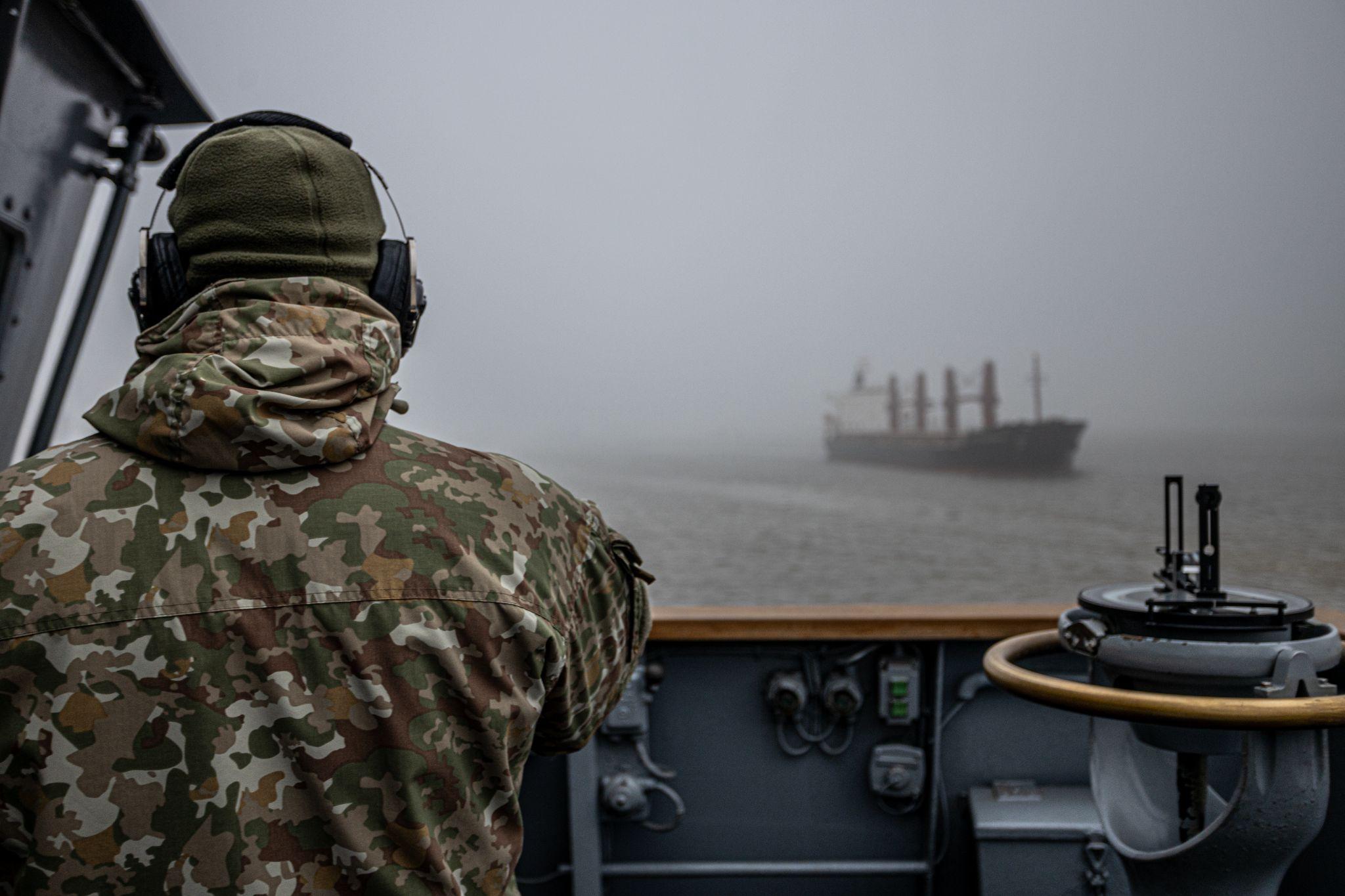
On the command bridge of the Jotvingis, every inch is filled with screens, maps, and navigation instruments. Officers meticulously analyze even the smallest signals, monitoring data in real-time.
“Our main role and duty at sea is to gather information about what's going on to get a complete picture of the Baltic Sea and share this information with NATO countries,” says Admiral Premeneckas.
“We use specific algorithms to identify ships that are likely to pose hybrid threats,” the admiral explains, highlighting the challenge of monitoring the Baltic Sea, where more than 2,000 vessels pass through daily.
However, even with clear warning signs — unusual shipping routes and slowed speeds — the Lithuanian navy, including Jotvingis, has no authority to board suspected Kremlin-linked vessels.
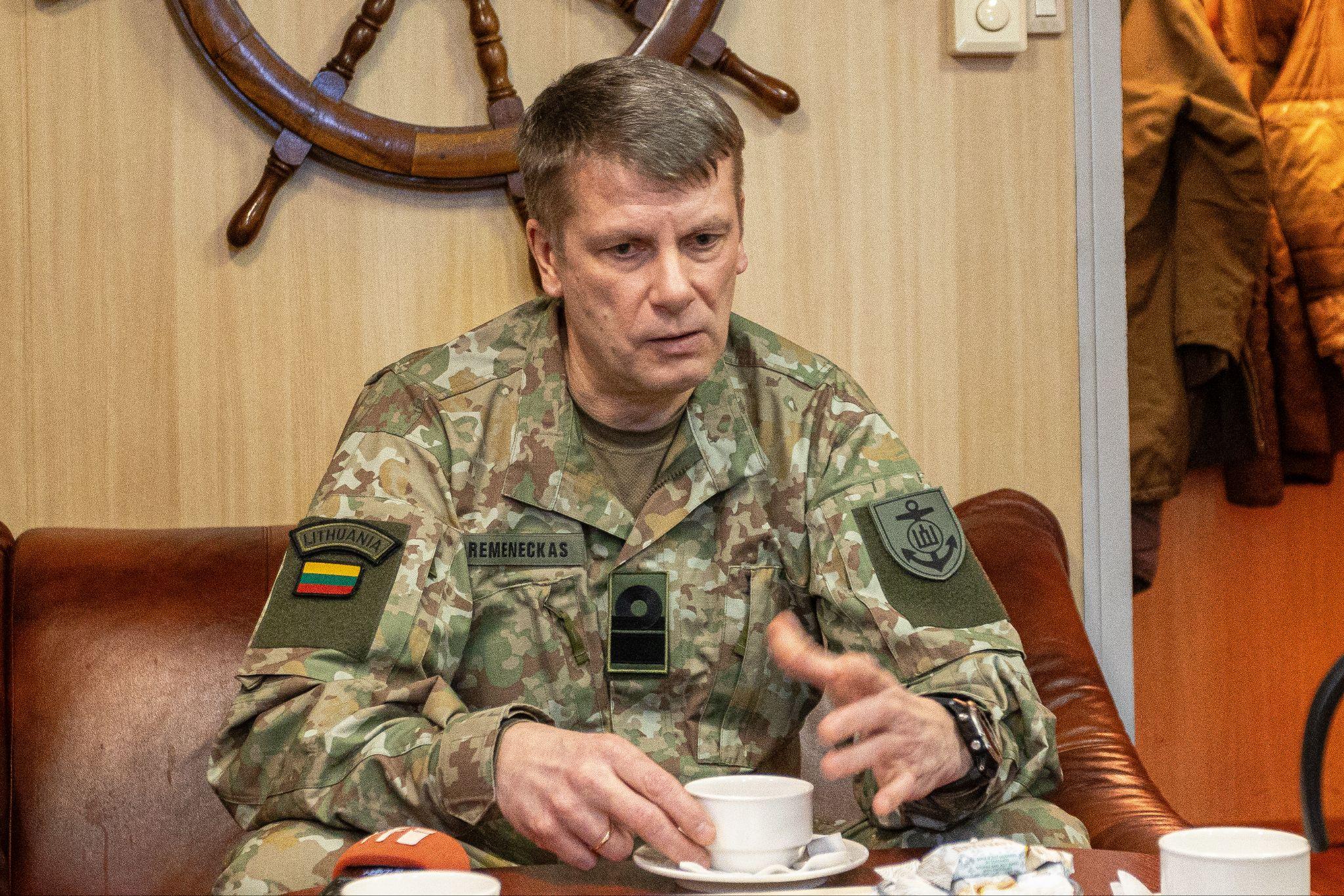
As the hybrid battle unfolds in peacetime, the border protection service is responsible for managing suspects. After detecting and visually identifying the suspects from nearby vessels, the service questions the crew, with all collected datathen relayed to the relevant authorities.
“Obviously, with the incidents occurring in the Baltic Sea, we are more mobilized because of the increased risk of hybrid attacks against critical submarine infrastructures,” Admiral Premeneckas explains.
The Lithuanian navy also uses specially designed naval drones to inspect underwater infrastructures. These small, torpedo-like machines can dive to depths of up to 120 meters (roughly 400 feet) and scan a 500-meter-wide (1,640 feet) surveillance zone while submerged.
If the images transmitted reveal anything suspicious, a team of divers is ready to go to the site for further investigation.
Jotvingis' drone operator, Gricevirus, explains that the drone can be controlled with a simple phone. As he monitors it, the data is transmitted in real time to analysts.
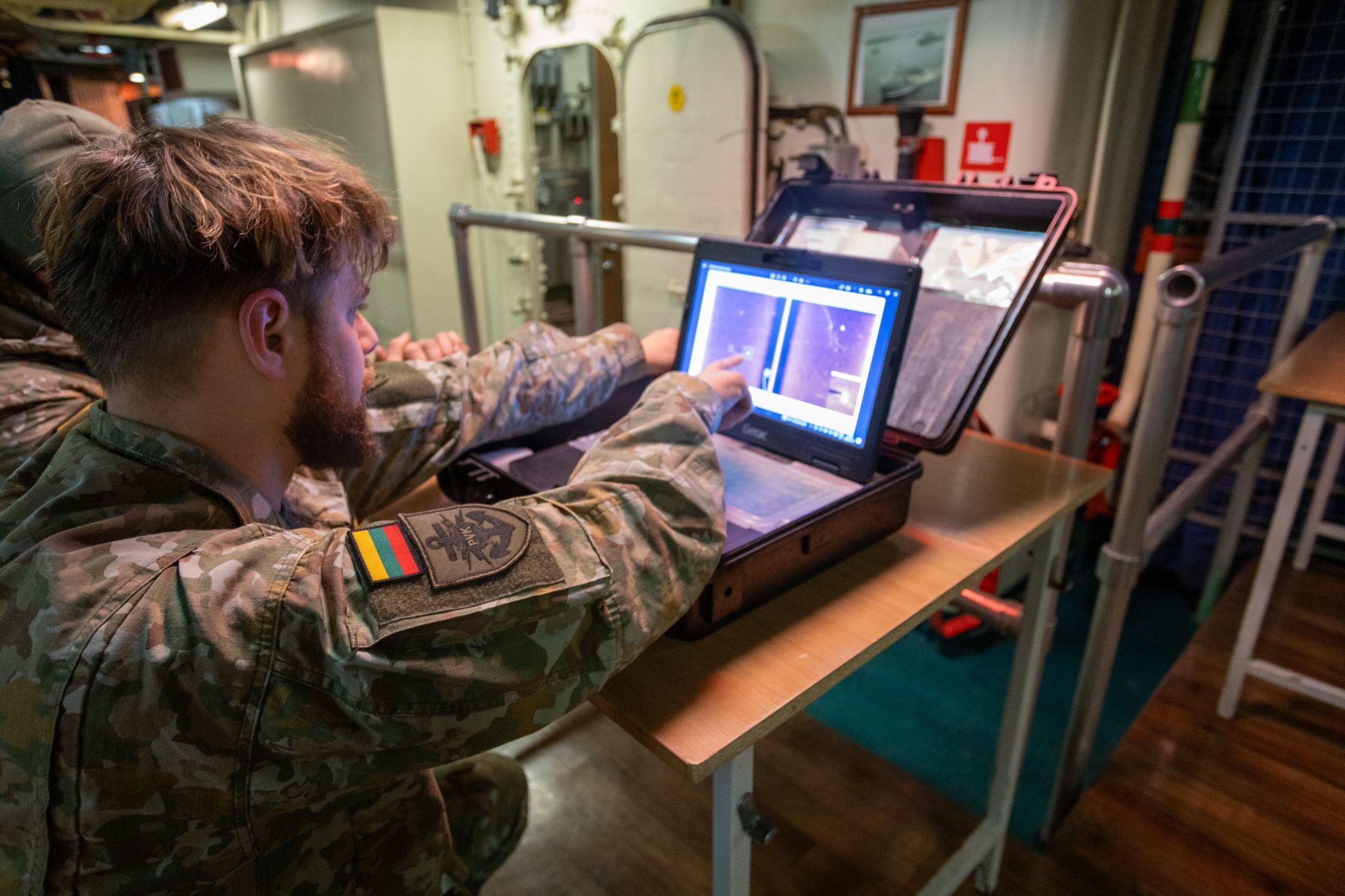
“I can't say whether we've detected any Russian activity, but we're operating in international waters,” says Keptsuckas, the vessel’s data analyst. “One thing is certain: Russian ships do gather information on critical infrastructures.”
Western response walks a legal tightrope
Despite rising tensions in the Baltic, Lithuania's response to the Kremlin's defense probing stays firmly rooted in international law.
“In the Black Sea, the Russian and Ukrainian navies shoot at each other. They have clear targets. We can't cross that threshold,” adds Lieutenant Jackunas, the Jotvingis second-in-command.
However, this restraint comes with its hurdles.
“We've reached an 80% certainty in some cases, but without the remaining 20%, we cannot definitively point to Russia, and evoke article 5”, says Linas Kojala, Director General of the Center for Geopolitical and Security Studies in Vilnius, pointing at the NATO provision that mandates a collective response if a member state is attacked.
Painting at the scale of hybrid warfare, he argues that sabotage is a more fitting term for recent events in the Baltic region. Hybrid warfare, he explains, refers to situations lacking a direct kinetic threat — anything that wouldn't immediately escalate into military conflict.
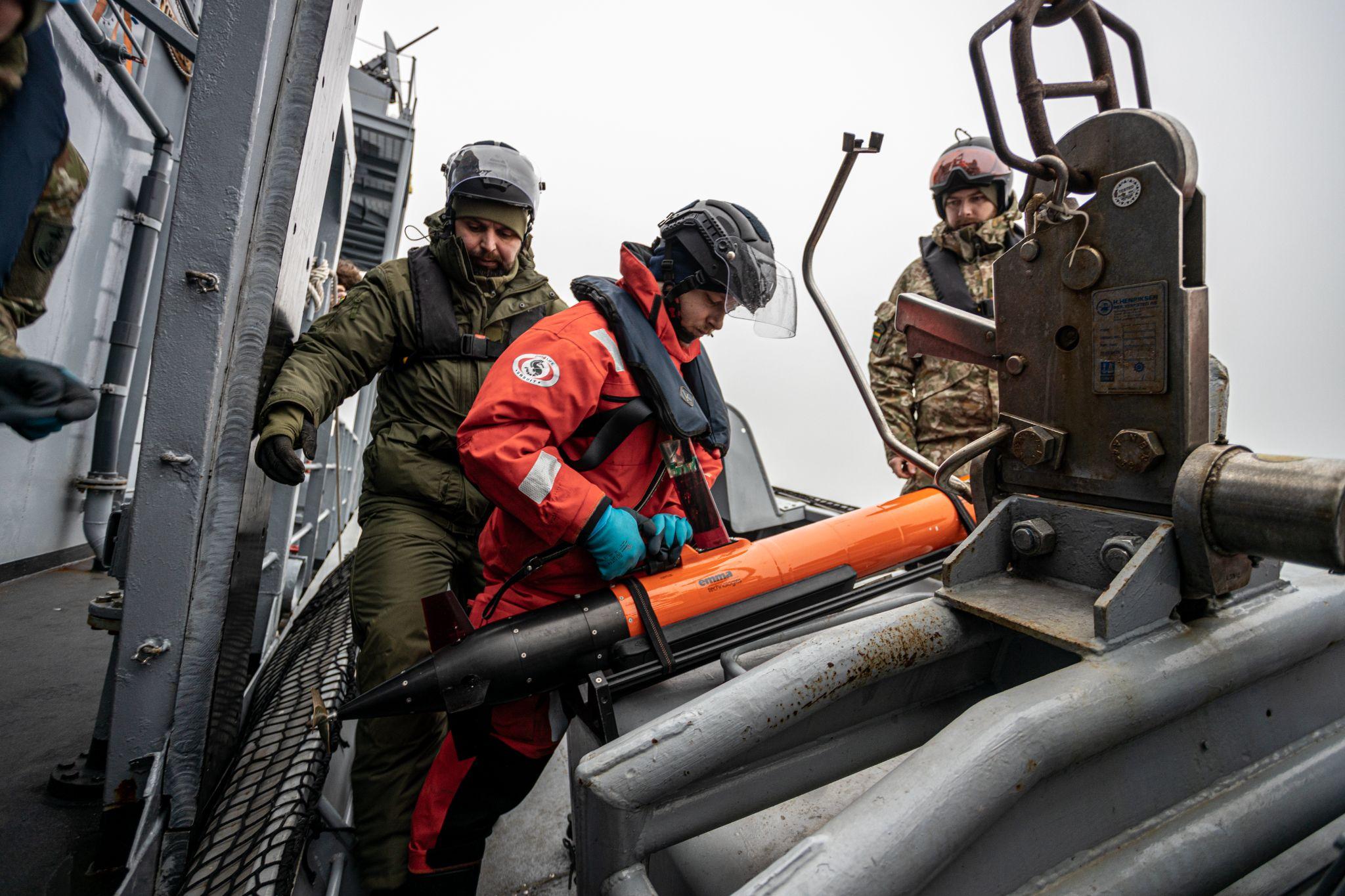
However, these actions come at a steep price. Kojala warns that beyond the physical damage and economic fallout, Russian hybrid maneuvers directly threaten human lives, carrying the potential for injuries or even fatalities.
“For the Baltic States, the red line has already been crossed several times. Now it's a matter of finding a consensus with our partners,” Kojala says. “These measures will be costly, but the longer we delay in taking action, the higher the price we will have to pay.”
The Baltic wake-up call for NATO
While Russia’s sabotage in the Baltic Sea is already draining NATO’s economy and security, some European capitals fear it’s only the tip of a much bigger threat.
Russia’s escalating hybrid tactics in the Baltics prompted a 22 January meeting between Germany’s Federal Minister of Defense, Boris Pistorius, and his Lithuanian counterpart, Dovilė Šakalienė, to tackle the region’s mounting security challenges.
"Experts believe that Putin could be in a position to reconstitute his armed forces by 2029. Conditions will then be in place — I’m using a lot of subjunctives here — for a possible theoretical attack on NATO’s eastern front”
Boris Pistorius, Germany’s Federal Minister of Defense
Lithuanian Foreign Minister Kęstutis Budrys claims that the recent acts of sabotage on undersea cables in the Baltic Sea were "planned and carried out by Russian intelligence services."
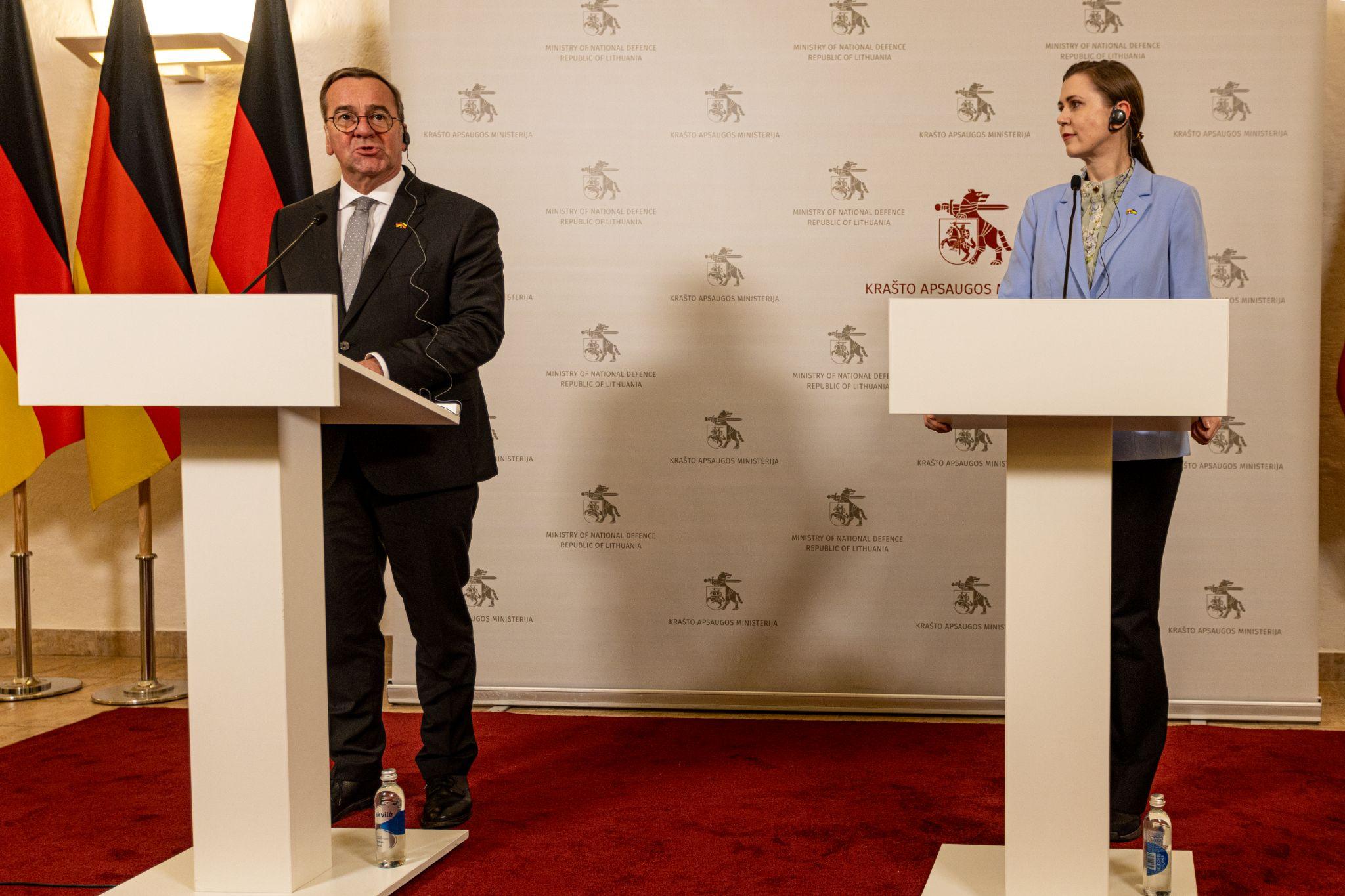
Speaking to the German newspaper Der Spiegel, Budrys insisted that NATO must react decisively.
"As a NATO member, we must respond more firmly if we want to deter Russia from further escalation," he stated.“Without being symmetrical, such responses could involve greater military support to Ukraine, including the delivery of specific weapons systems.”
A new intelligence report, reviewed by Euromaidan Press ahead of its release, reveals the escalating scope of Russia's hybrid warfare in the Baltic. The assessment, jointly prepared by Lithuania's Defence Intelligence and Security Service and the State Security Department, documents a sharp uptick in Moscow's activities against Lithuania and its Baltic neighbors.
The report's findings reinforce what maritime officials have observed at sea: Russia's strategy has evolved beyond conventional military posturing to include coordinated disinformation campaigns and infrastructure surveillance, creating a multi-layered threat that challenges NATO's traditional response mechanisms.
Russia’s information policy is likely to intensify further, with new information attacks focused on elections, regional conflicts, and support for Ukraine," the report states.
Russia's hybrid warfare campaign expanded significantly beyond the Baltic Sea in 2023, targeting Western Europe with the same tactics refined against Lithuania, Latvia, Estonia, and Poland. Intelligence analysts traced these widening information operations to networks either directed by or closely linked to Russian intelligence services.
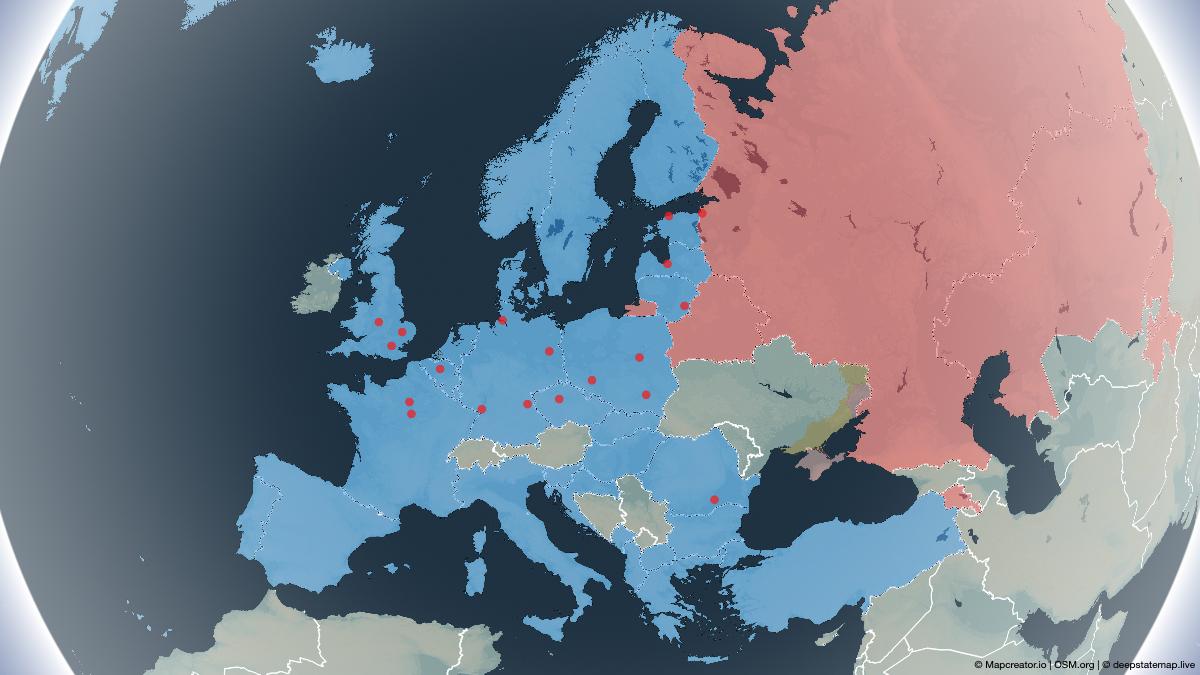
Looking ahead, Lithuania's intelligence services warn that Moscow is set to unleash a wave of hybrid warfare across the region — a strategy already battle-tested in Georgia and Romania.
“Information attacks in Lithuania will affect a large part of society and hinder the functioning of state institutions. It is likely that attacks planned by Russia-linked actors will coincide with the upcoming Lithuanian elections,” the report states.
As Boris Pistorius made clear, the multifaceted Kremlin's tactics represent far more than mere regional interference, systematically probing NATO's collective defense mechanisms by leveraging a complex array of disinformation, cyber operations, economic pressures, and strategic provocations.
"If we want to guarantee our deterrent and defense capability in the Baltic Sea in the long term, we have a task ahead of us, which will require financial resources and a lot of energy," Pistorius said.
With Russia meticulously engineering its hybrid warfare doctrine, the geopolitical calculus has transformed: the question is no longer whether NATO will be tested, but how — and when — it will finally respond.
Read also:
• As Russian troops leave Armenia, Moscow’s revenge playbook emerges
• Inside Ukraine’s medical corps where NATO standards face drone war reality check
• Georgia’s democratic crisis deepens as thousands rally against “Russian puppet”
• Inside Ukraine’s kitchen drone labs halting Russia’s war advance

